1. McDonald’s Arch Deluxe
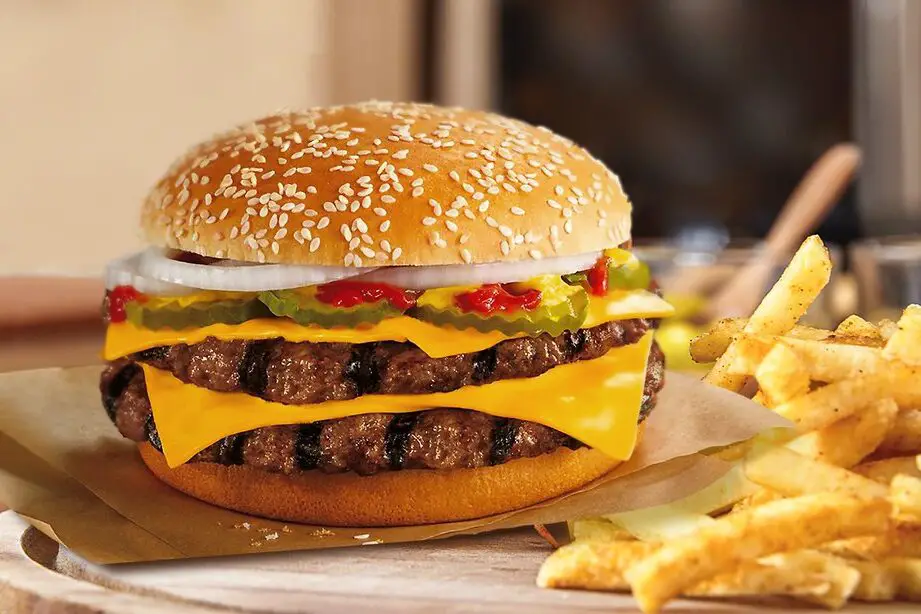
McDonald’s thought they had a winner with the Arch Deluxe in the late ’90s, a burger aimed at adults with fancy sauce and a more “sophisticated” vibe. The chain heavily marketed it as a gourmet experience, but customers just didn’t bite the way McDonald’s hoped. What they won’t openly admit is that the Arch Deluxe was just too far from the brand’s comfort zone. Fans wanted classic, simple burgers, not something that felt like it was trying too hard shares Chowhound.
Behind the scenes, the Arch Deluxe also confused McDonald’s loyal base. It was pricier and more complex to make, which slowed down the drive-thru line. So while it got a ton of hype, it ended up being a costly flop, and quietly, it was pulled because it didn’t fit the fast-food formula McDonald’s customers loved adds AOL.com.
2. Burger King’s Satisfries
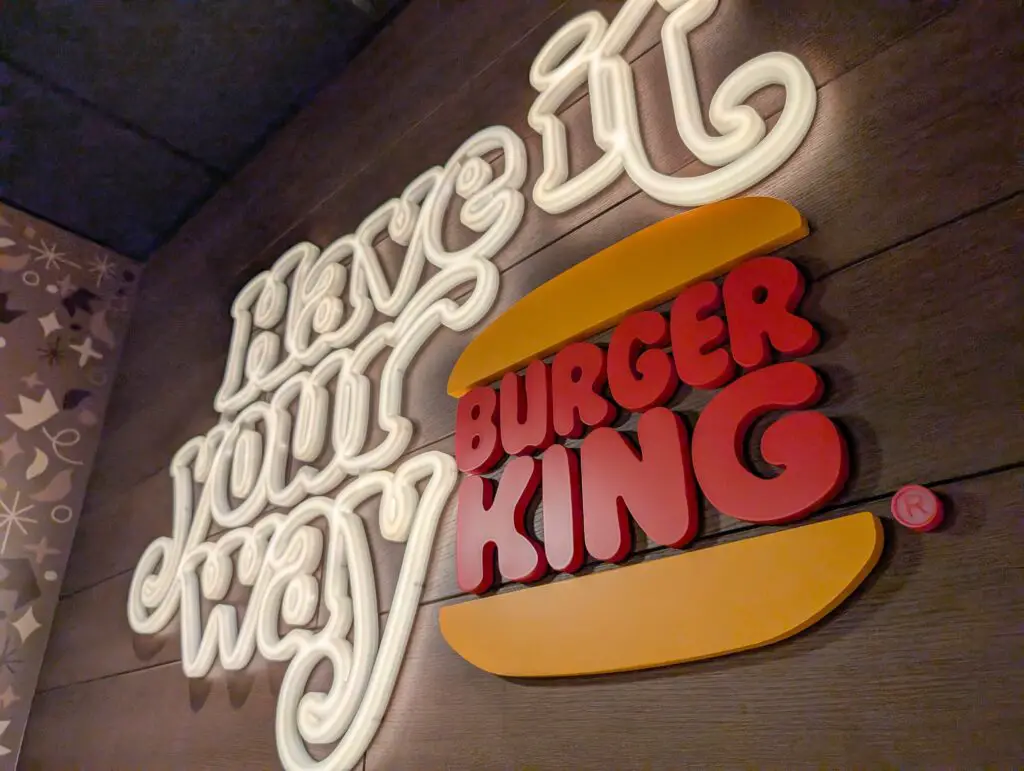
Burger King introduced Satisfries in 2013, promising fries with 40 percent fewer calories and fat than their classic fries. At first, it seemed like a smart move to lure in the health-conscious crowd. But what BK won’t say is that customers just didn’t enjoy the taste or texture. These fries were thinner and less crispy, and many people found them underwhelming compared to the original shares USA Today.
In fact, despite the healthy angle, sales dropped because people simply didn’t feel satisfied. This created a disconnect with Burger King’s usual indulgent appeal. So quietly, the chain phased Satisfries out without making a big fuss, because the “healthier” fries just didn’t match the flavor expectations adds Fortune.
3. Taco Bell’s Waffle Taco
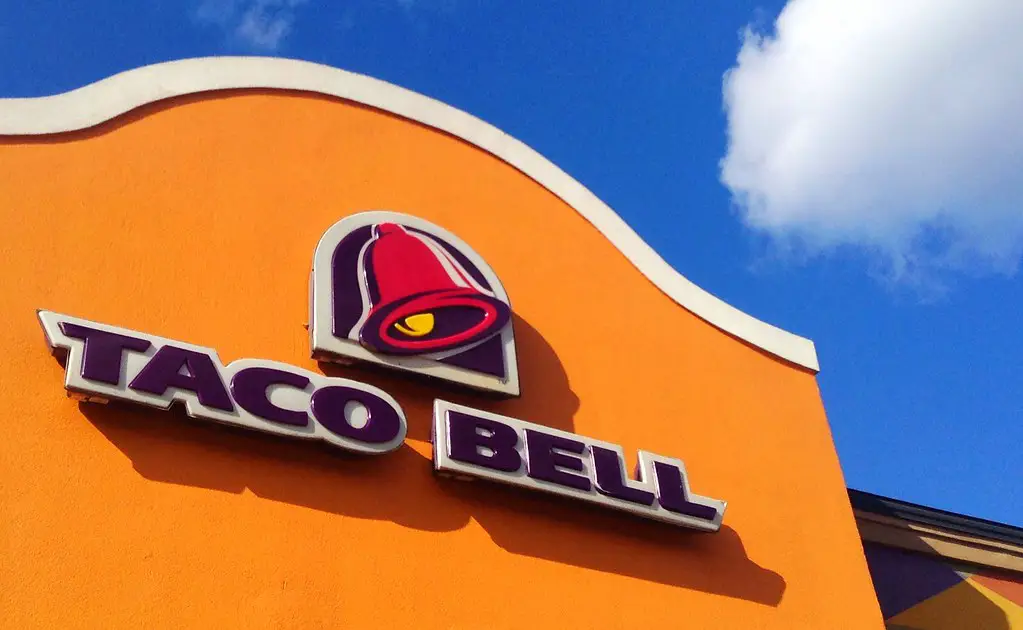
Taco Bell’s Waffle Taco was introduced as a breakfast item, pairing a waffle shell with eggs and sausage. It seemed like a clever way to mix breakfast staples with Taco Bell’s signature twist. But what the chain hasn’t admitted is that the waffle shell was messy and soggy by the time you got it. Customers complained about how difficult it was to eat without everything falling apart.
Operationally, it was also a headache for staff to make consistently, slowing down morning rushes. This combination of a poor eating experience and kitchen hassle meant the Waffle Taco quietly disappeared from the menu, leaving fans wishing it had stuck around longer.
4. KFC’s Double Down
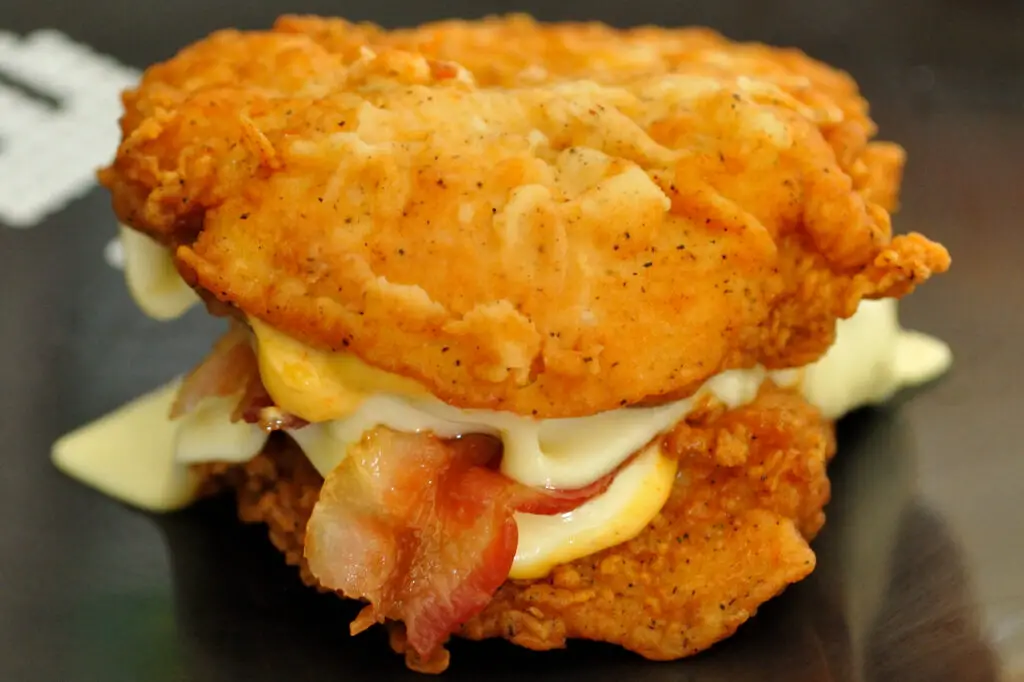
KFC took a wild risk with the Double Down, a sandwich that swapped bread for two fried chicken fillets. It was loud, bold, and got tons of attention when it launched in 2010. But what KFC won’t say openly is that health concerns and supply chain issues led to its limited run. The Double Down was packed with calories, fat, and sodium — way more than the average sandwich.
It sparked debates about fast food’s role in health, and some locations struggled to keep up with demand for the unique bun replacement. So while the Double Down became a cult favorite, KFC quietly removed it from regular menus, probably to avoid ongoing backlash and operational headaches.
5. Wendy’s Frescata Sandwiches
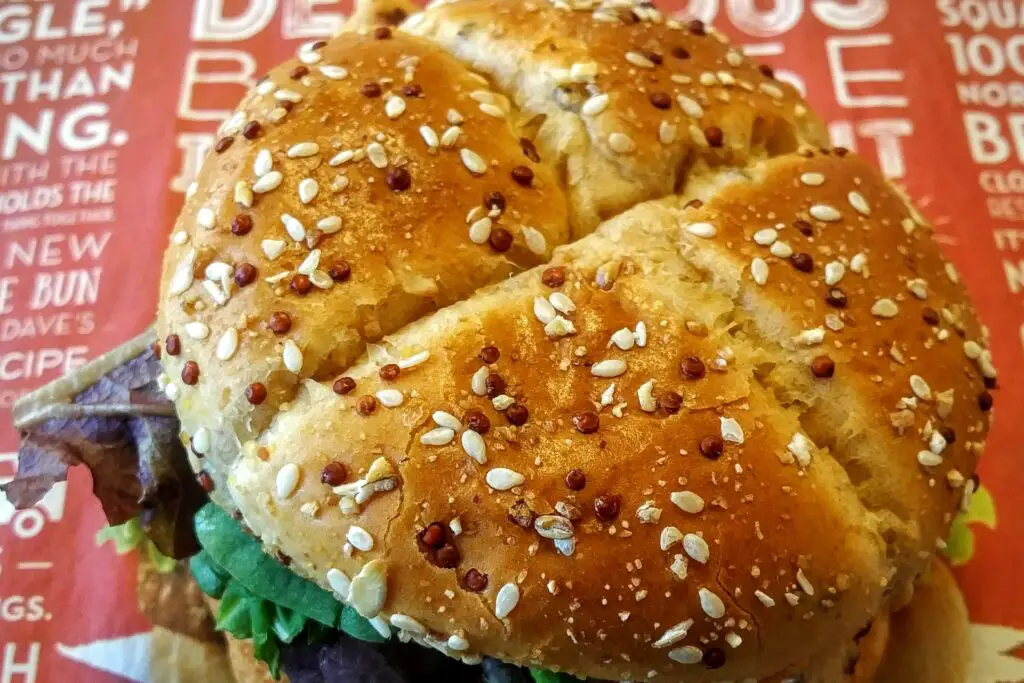
In 2006, Wendy’s launched the Frescata line, a collection of cold sandwiches aimed at lunch crowds wanting something fresh. Despite the hopeful name, customers didn’t love the Frescata sandwiches, which felt overpriced and bland to many. What Wendy’s hasn’t admitted is that the sandwiches took longer to prepare and were difficult to keep fresh during busy lunch hours.
Because of this, the chain faced logistical challenges that slowed service and upset customers. Without a strong flavor appeal or quick prep, the Frescata quietly got shelved as Wendy’s refocused on their classic hot menu items that kept people coming back.
6. McDonald’s McPizza
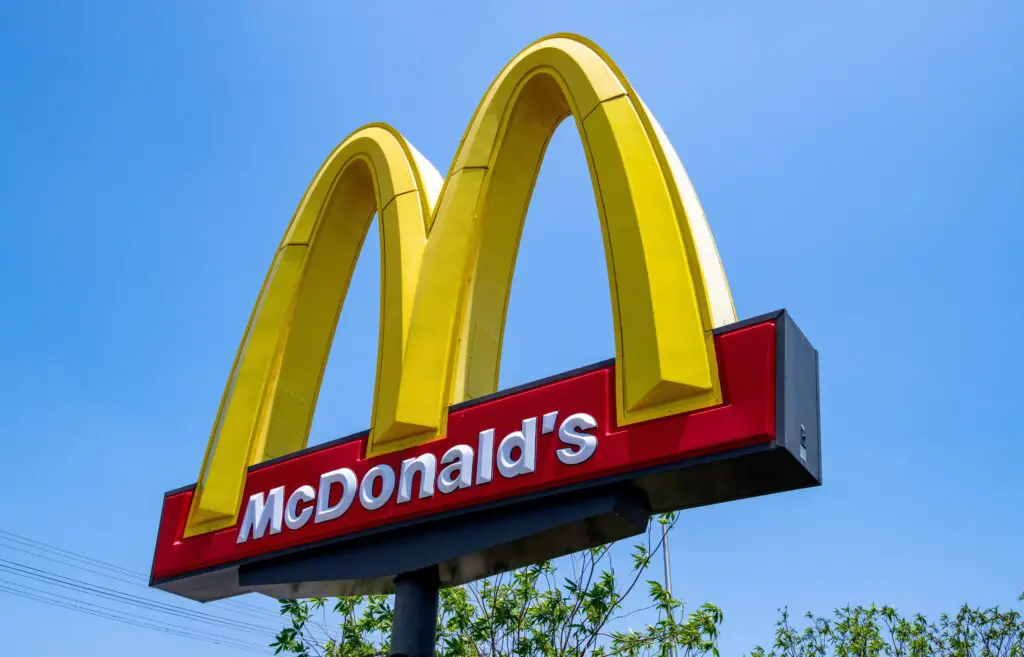
Back in the ’80s and ’90s, McDonald’s tried to enter the pizza game with McPizza. It was an ambitious idea, hoping to pull in families looking for more than burgers. What McDonald’s won’t openly say is that the pizzas took far too long to cook, clogging up the kitchen during peak times. This messed with the quick-service model that made McDonald’s so popular.
The texture and taste were also inconsistent since they had to speed up baking time, leading to less than stellar pies. Customers didn’t get the fast-food experience they expected, so quietly, the McPizza was removed without much fanfare, making it a forgotten chapter in McDonald’s history.
7. Burger King’s Chicken Fries (Original)
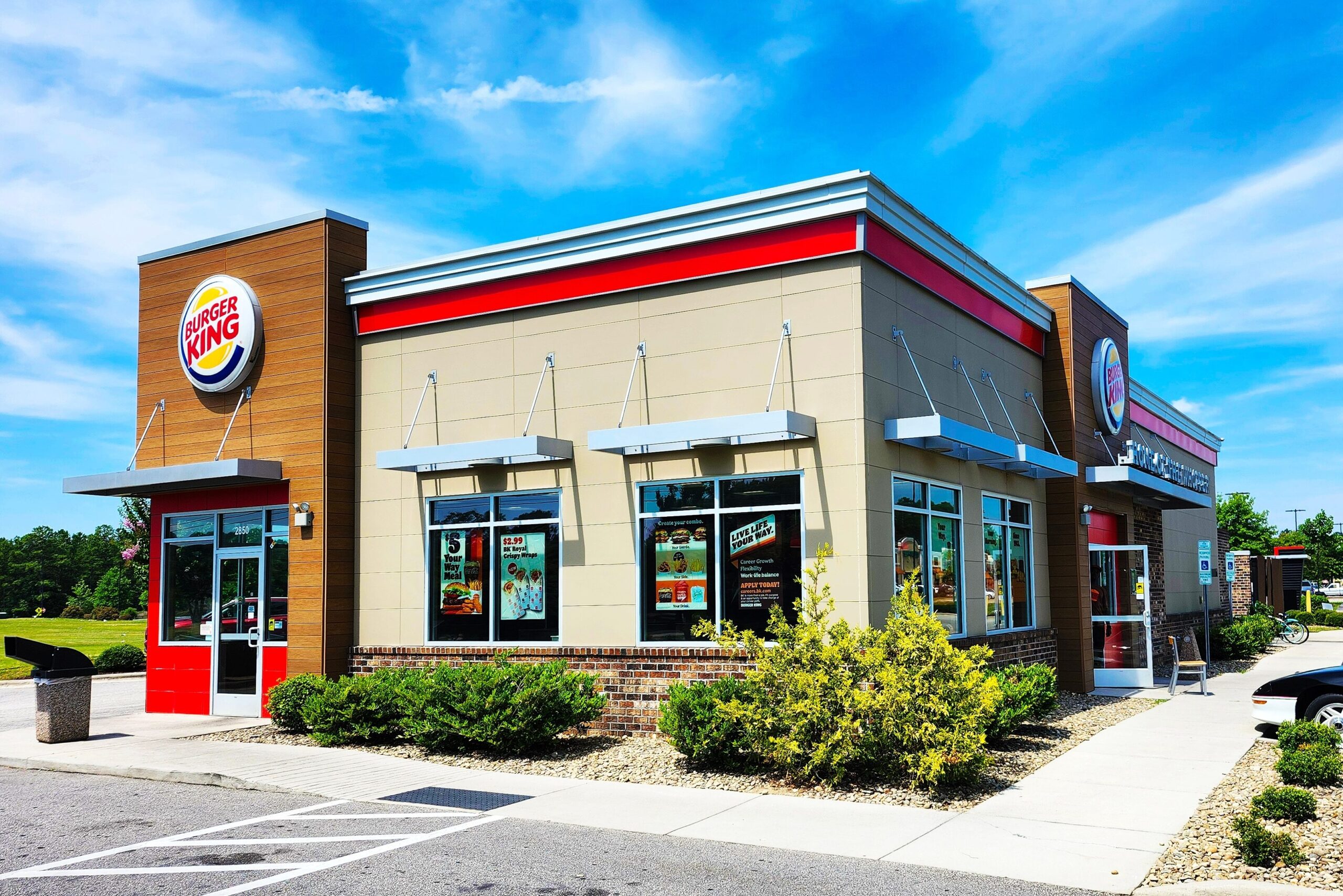
Chicken Fries were first launched in 2005 as a new twist on fast food chicken, shaped like fries for easy dipping. They gained a loyal following, but what Burger King doesn’t highlight is that the original batch had issues with inconsistent breading and occasional sogginess. The quality wasn’t always up to par, which hurt their reputation.
Also, some franchisees found the product harder to prepare efficiently, leading to uneven availability. While Chicken Fries have come back since, the original run quietly disappeared because the chain wanted to refine the recipe and relaunch with better consistency.
8. Taco Bell’s Bell Beefer
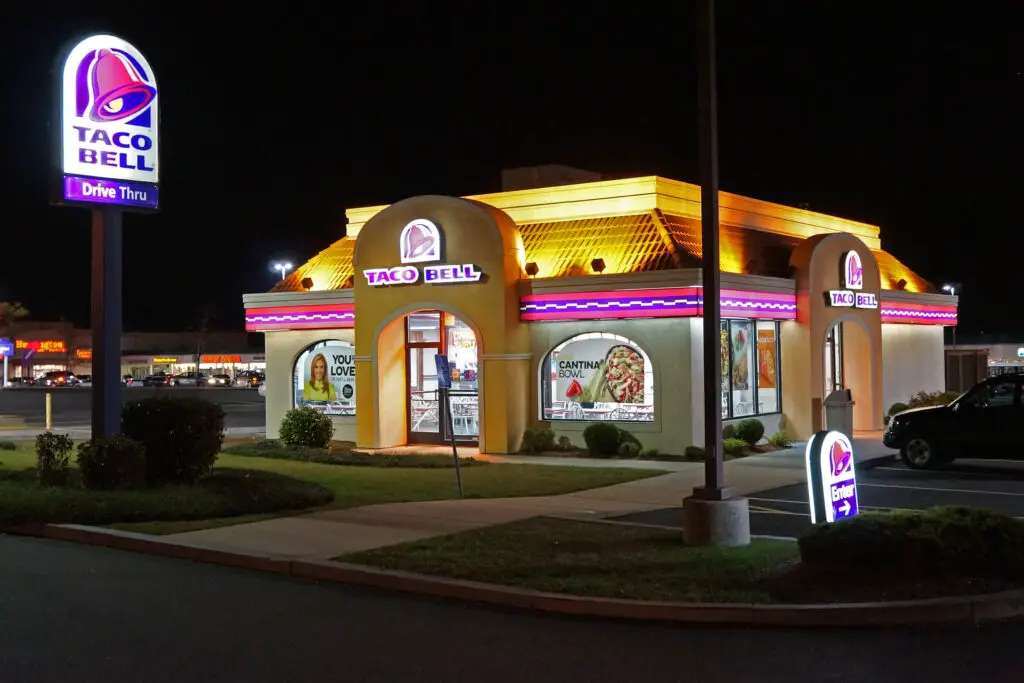
The Bell Beefer was a ground beef sandwich Taco Bell sold in the ’70s and ’80s before tacos and burritos took center stage. While nostalgic for some, Taco Bell won’t admit that the sandwich just didn’t fit their menu vibe. The Bell Beefer was messy, and customers preferred the portability and flavor punch of tacos.
Operationally, it was less popular and didn’t sell enough to justify keeping it around. The chain quietly phased it out, focusing instead on the fast, handheld Mexican-inspired items that became Taco Bell’s hallmark.
9. Subway’s Pizza Sub
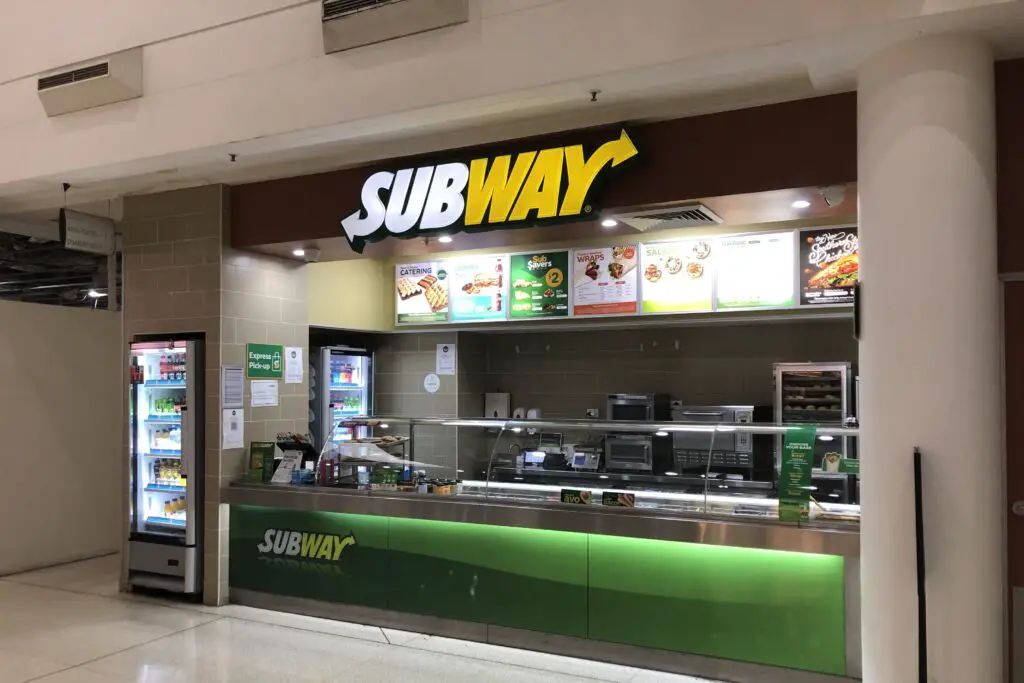
Subway experimented with a Pizza Sub, topped with pepperoni and cheese, aiming to combine two favorites. But Subway won’t say that the Pizza Sub never quite hit the mark because the bread didn’t hold up well under the sauce and cheese. The sandwich often ended up soggy or falling apart, disappointing fans.
Plus, it complicated the sandwich assembly line, slowing down service during busy times. So the Pizza Sub was quietly retired, as Subway stuck with its reliable lineup of customizable subs that customers expect.
10. KFC’s Fish and Fries
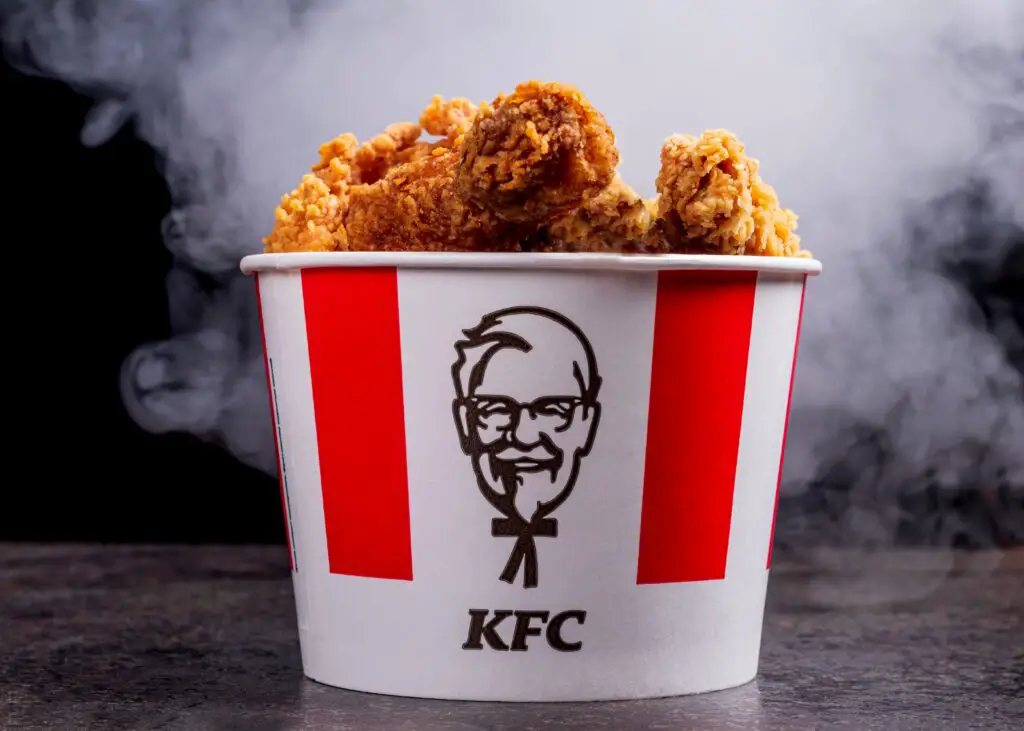
KFC tried dipping its toes into seafood with a Fish and Fries meal in the early 2000s. Although it seemed like a natural pairing, the chain won’t admit that it didn’t meet customer expectations. The fish was sometimes dry or lacked the flavor punch people wanted, and it didn’t fit KFC’s fried chicken-focused image.
Some locations struggled to maintain quality and supply, leading to inconsistent availability. Eventually, the Fish and Fries quietly disappeared as KFC doubled down on what they do best: chicken.
11. McDonald’s McHotDog

McDonald’s tried adding hot dogs to its menu in select markets with the McHotDog. It was a bid to expand beyond burgers and fries, but what the chain won’t admit is that hot dogs just weren’t their thing. Sales were sluggish, and the product complicated kitchen workflows, since hot dogs take different prep than burgers.
Customers were confused by the mix, and it didn’t feel like the McDonald’s they loved. So the McHotDog quietly vanished, making way for McDonald’s to focus on their core burger and breakfast items.
12. Wendy’s Superbar

In the ’80s and ’90s, Wendy’s tried a buffet-style Superbar at some locations, offering all-you-can-eat options. While it sounded appealing, Wendy’s won’t say the Superbar was a logistical nightmare. Managing food safety, freshness, and waste became a huge challenge, and it conflicted with the fast service model.
Customers often found the buffet crowded and messy, which hurt the brand’s image for quality and cleanliness. The Superbar quietly faded out as Wendy’s realized their strength was made-to-order food, not self-serve.
13. Taco Bell’s Pizza Crust Taco
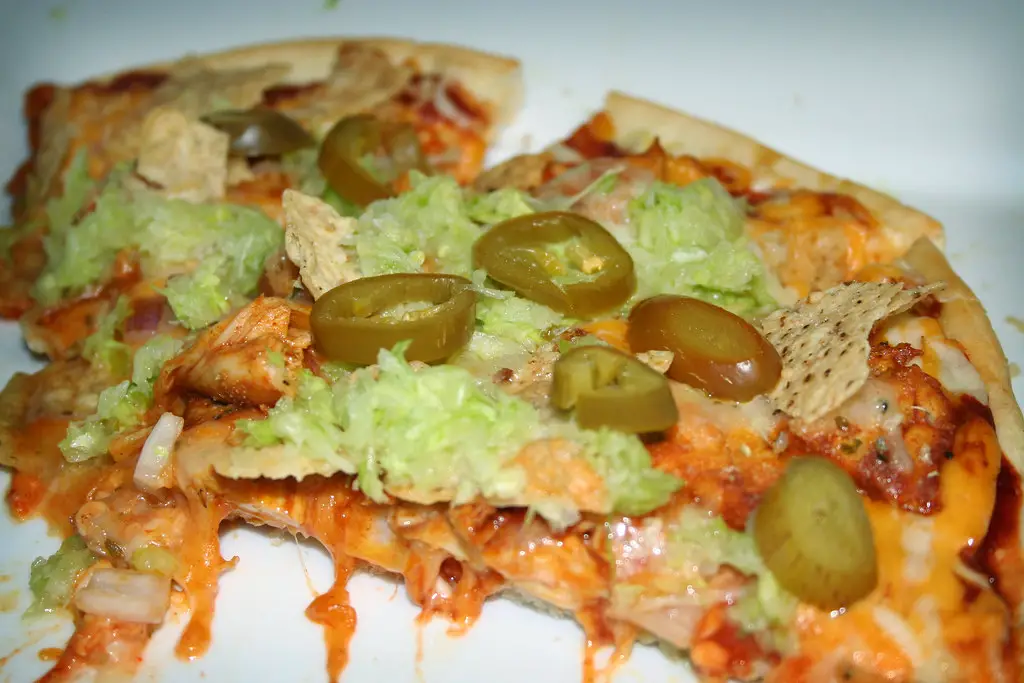
Taco Bell experimented with a Pizza Crust Taco, combining their classic taco shell with pizza toppings. It was meant to be a playful menu addition, but the chain won’t admit the flavor combo didn’t work for most people. The crust texture clashed with the pizza sauce and cheese, leading to a confusing bite.
Customers didn’t really know what to make of it, and it didn’t fit with Taco Bell’s core identity. As a result, the Pizza Crust Taco quietly disappeared, leaving fans to reminisce about a curious one-time experiment.
